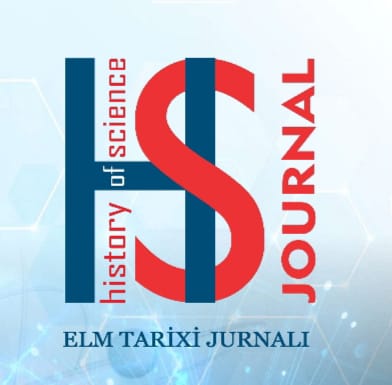In the realm of mental pathology, it can be said that, in contrast to biological psychiatry, characterology, and psychoanalysis, family therapy places its focus more on the family of the patient than on the individual. In this way, the character and individual symptoms become the result of both early and later interactions within the family group.
Through emotional transference, the psychotherapist intervenes at a particular stage of the emotional development of the Self (Narcissism, Anaclitism, Oedipus Complex), where fixation and conflict have occurred due to familial factors. This allows the psychotic, depressive, or neurotic patient to continue their “identification-identity” journey. However, in this context, the patient will no longer encounter, as they did with their parents, an “object” that explicitly displays their fixed affective character and attitudes.
Object relations during childhood represent both phantasmatic and real interactions between parents and child. This duality arises from the fact that between parents and children, there exists a drive that renders their relationship phantasmatic in nature, while at the same time being subject to systemic laws on a real level.
By utilizing transference, the psychologist appears as a succession of affective objects in progression, each time reflecting the patient’s desire and never lagging behind it. This results in a kind of emotional psychogenetic catch-up, benefiting the patient’s personality development.

